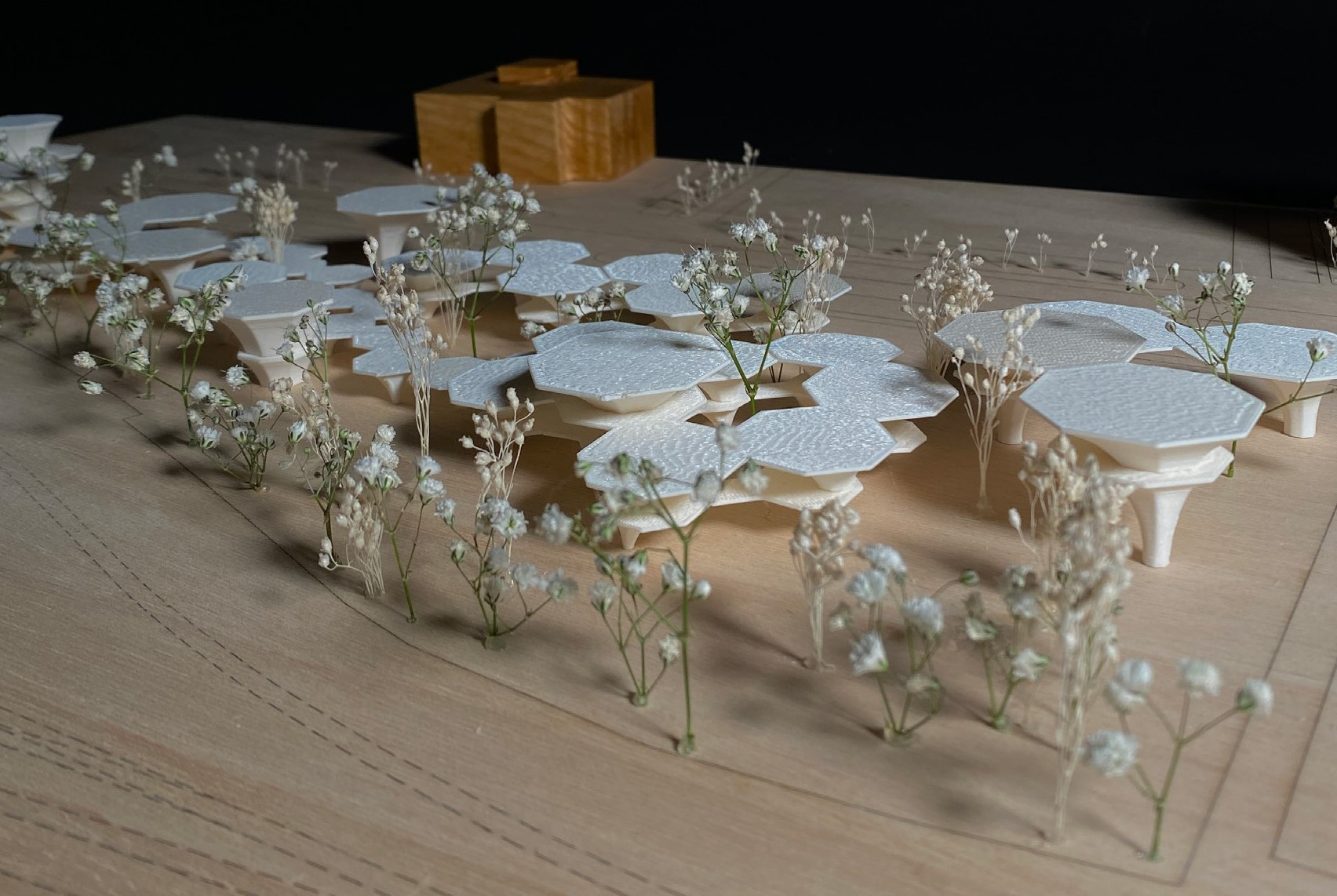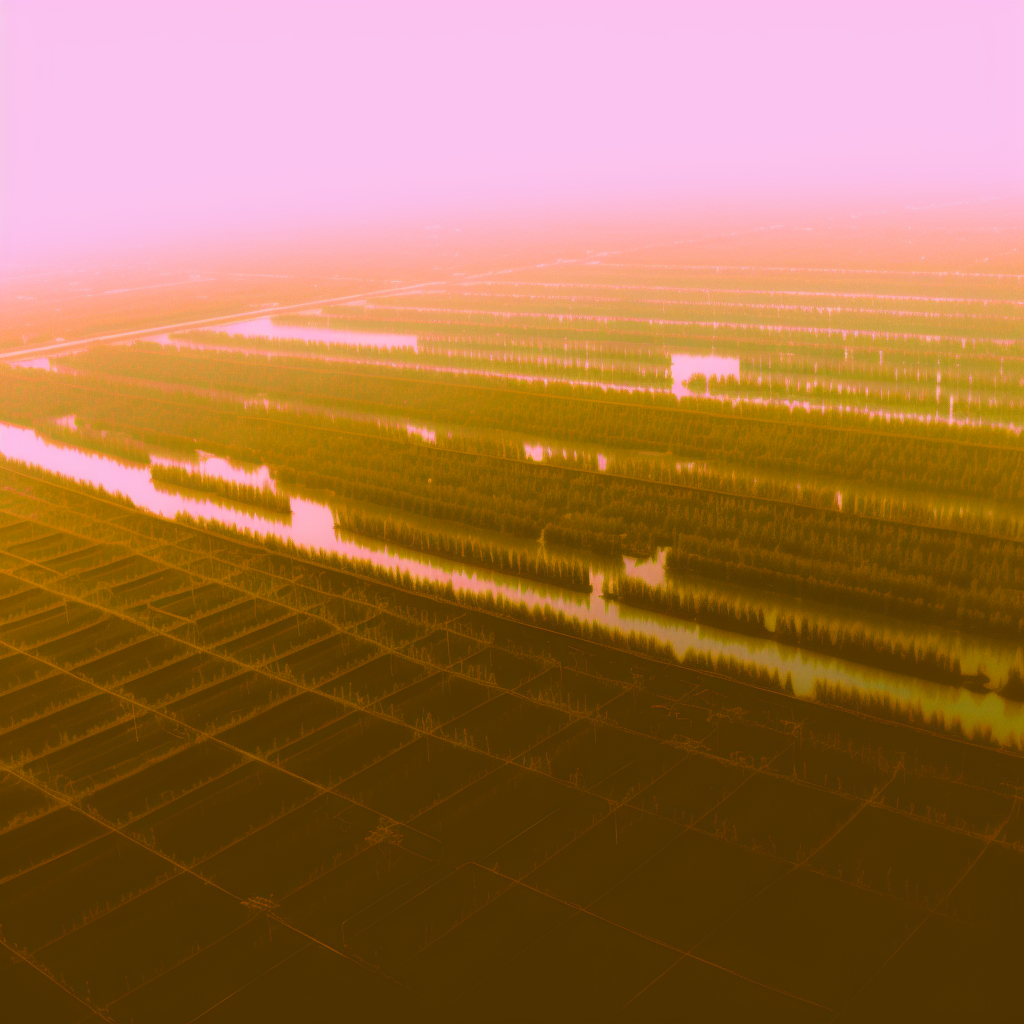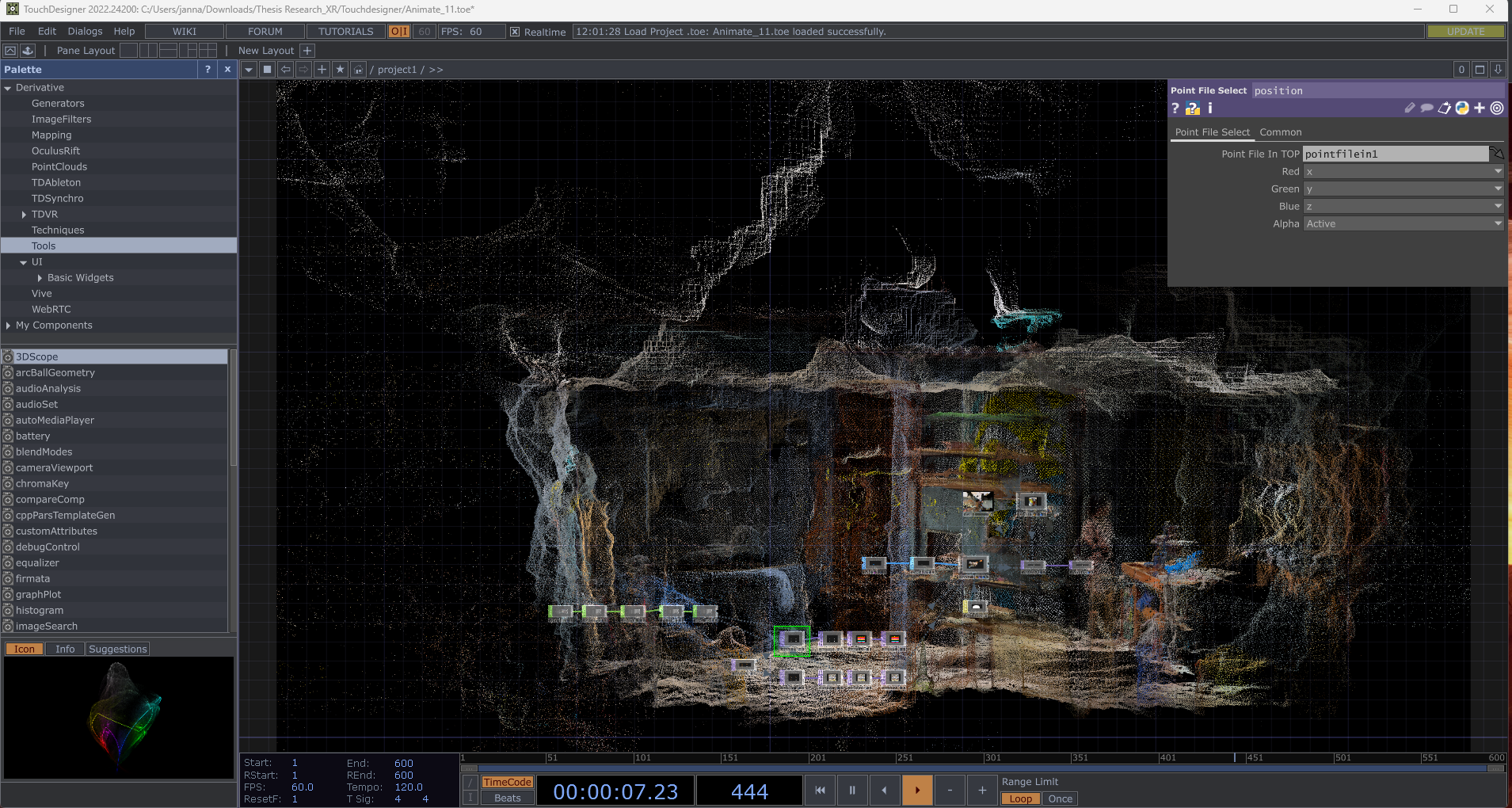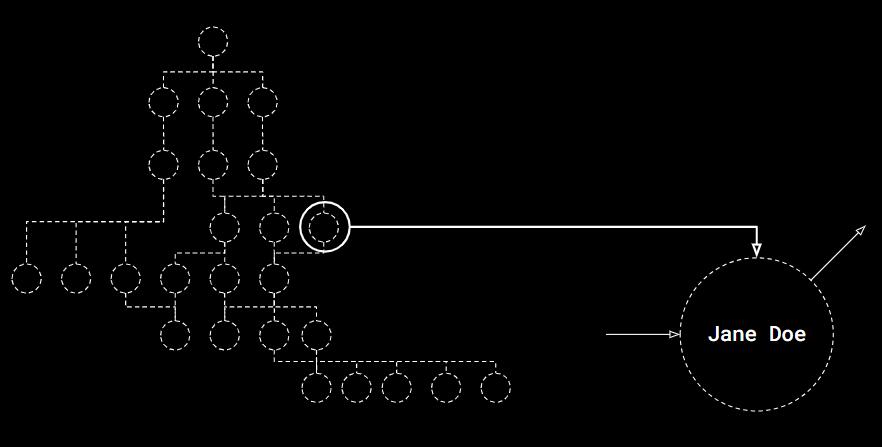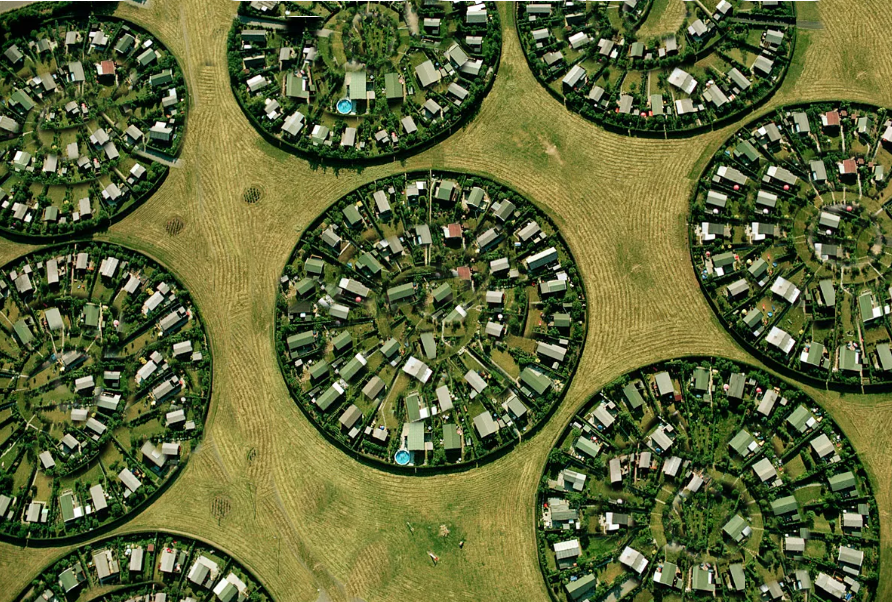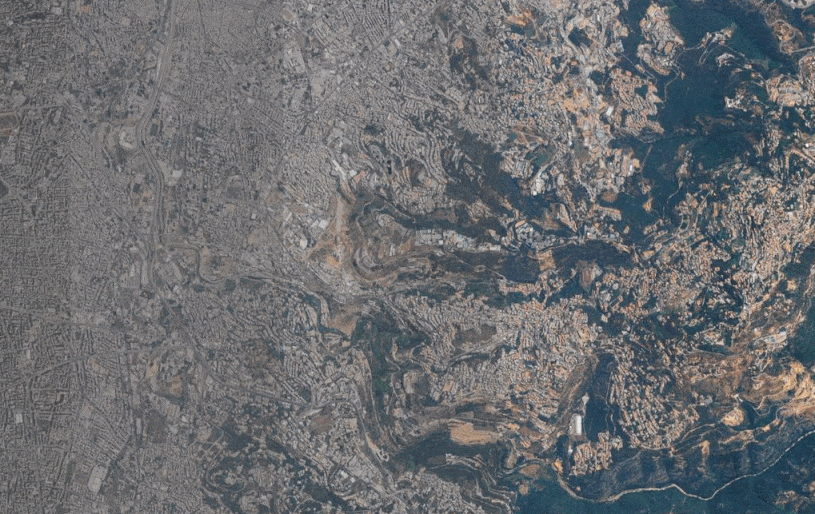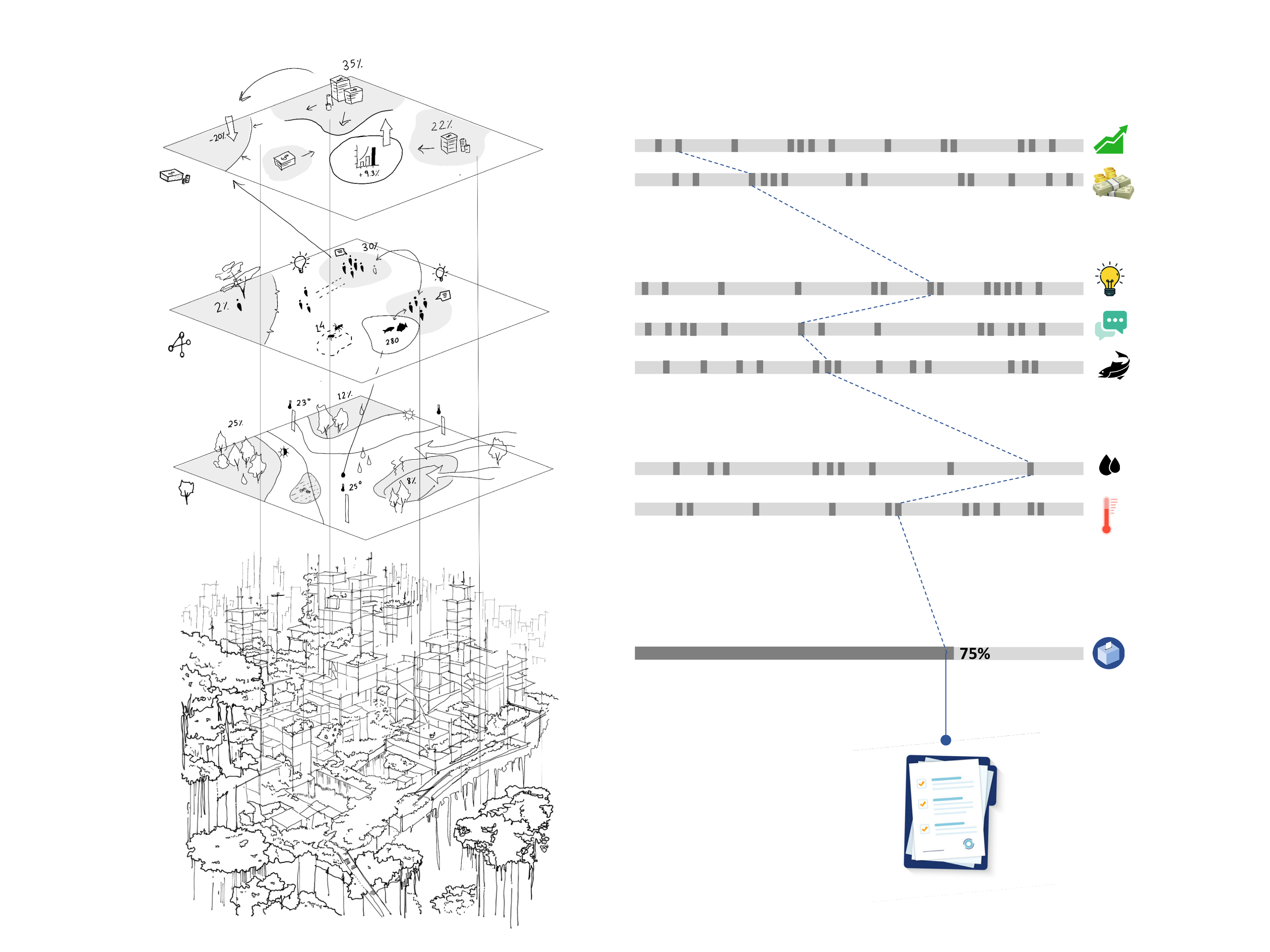OASIS
The project addresses socio-economic and environmental challenges that are faced in Marina del Pratt’s fast developing industrial area. It is a multifunctional facility, combining a climate shelter and community center, which aims to enhance local life.Recycled materials from the nearby Ecopark de Barcelona promote sustainability and will raise awareness through workshops to the enviromental challenges … Read more
User-Centric Adaptive AI-Generated Virtual NeuroArchitecture
Our surroundings influence our cognitive-emotional processes and shape our physical, psychological, and social well-being in a variety of ways on a daily basis. This paper delves into the complex interaction between our mental states and surroundings, examining the urgent need to reimagine spaces as interactive, adaptive, infinite spatial content, and user-centric entities promoting mental well-being. … Read more
Algorithmic Management
Information flow between people involved in architectural project 00.Problem In today’s rapidly changing world, architecture is undergoing a significant evolution, driven by the convergence of technology advancements and changing societal needs. However, its management has remained traditional. One of the crucial problems in this system is outdated way of information circulation both in architectural office and … Read more
THE SYNTHETIC
Selected excerpt “…the “synthetic” is a genuine and meaningful version of something that was deliberately created (such as a laboratory-grown diamond identical to a “natural” one at the molecular level). Thus, artificial intelligence merely seems smart, but synthetic intelligence really is. We should be pursuing synthetic intelligence, not artificial intelligence.” Chat GPT4_Itemization of ideas Synthetic … Read more
ShieldCORE
DESIGN BEHAVIOUR Radiation is a threat in many industries, from space exploration to medical imaging. Effective design must take into account the unique challenges presented by radiation. MASTER IN ADVANCED COMPUTATION FOR ARCHITECTURE & DESIGN 2023/2024 Faculty: ARETI MARKOPOULOU & NIKOL KIROVA STUDENT : Darkhan Kadirov
Community within the Urban?
Community is mostly depicted as a unifying tool that brings a sense of belonging, but does it also act as the root of urban conflict by defining who is an outsider? Through the use of AI, the text Cites or Urbanization? by David Harvey was reimagined as a part of a political discourse and represented … Read more
Decoding Critical Urban Theory
Harnessing AI to deconstruct text to visuals Introduction Welcome to our exploration of urban theory, where we decipher the complexity of urban theory through the lens of imagery and aphorisms. We—three students with diverse perspectives—have delved into the intricate narratives and critical readings to let us translate them to critical urban thinking. This blog post … Read more
What is Critical Urban Theory?
Self-organized city – a product of collaboration
Sustainability and collective intelligence Manifesto diagram illustrating the participatory processes of the city inhabitants, created by the group Each section of this manifesto can be perceived independently. Choose the reading order and create your own narrative. The personalized narratives reflect the methodology to address the complexity of collaborative urban design processes at a macro level. … Read more
ShadeHaven_NOVA
ShadeHaven_NOVA, an architectural marvel, stands as a pavilion designed with the noble intention of inspiring individuals to leisurely sit and immerse themselves in the awe-inspiring presence of the Barcelona Cathedral and the rich cultural tapestry enveloping its surroundings. Nestled within the historical expanse of Plaça Nova, at the core of Barcelona’s Gothic quarter, this visionary … Read more





